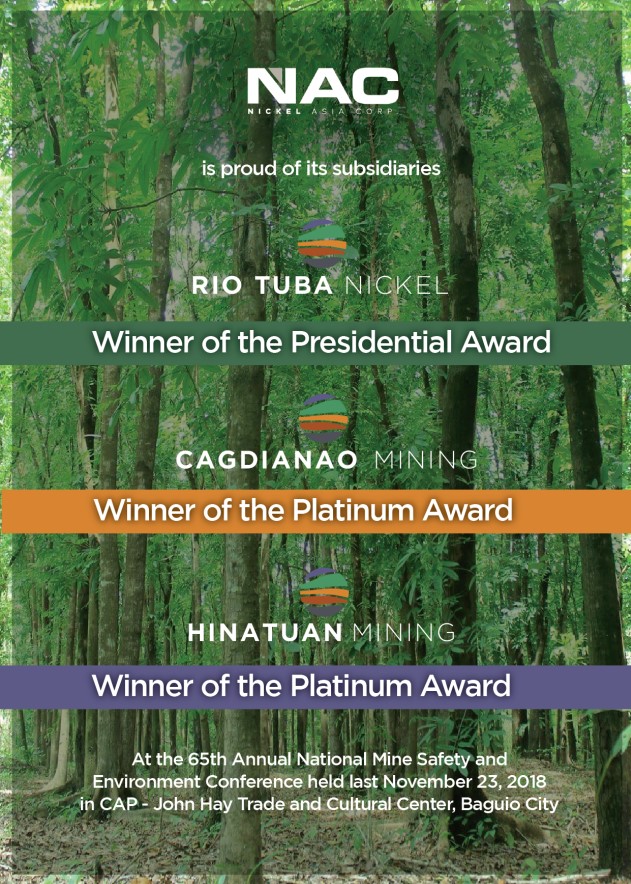Harvest Time
Declining soil and water quality worries scientists
By Sosimo Ma. Pablico
Scientists are getting wary on the declining quality of soil and water all over the world as a result of continuous application of inorganic fertilizer. Thus, efforts are now being exerted to reverse the declining trend.
In effect, this was the main focus of discussions in a recent symposium at the Bureau of Postharvest and Extension (BPRE) in Nueva Ecija. The symposium was sponsored jointly by BPRE and the Kochi University in Japan.
Scientists from Japan, Korea and the Philippines noted that while inorganic fertilizer application is responsible for 40 percent of the world’s total production output, this practice has also led to ecological impact that ultimately threatens man’s existence.
They claimed that 60 percent of the applied inorganic fertilizer contaminates the environment through run-off, seepage, percolation and volatilization. It contaminates the underground and surface water, as well as causes soil and water acidity, salinity and eutrophication. At the same time, water contaminated with nitrate when taken in causes blue baby syndrome both on humans and ruminants.
In the Philippines, Teresita S. Sandoval of the Bureau of Soil and Water Management (BSWM) indicated that based on data from the National Irrigation Administration and BSWM, water quality for agriculture poses no serious threat yet. However, she pointed out that this information may not reflect the true picture because of limited samples.
Moreover, some aspects of sampling necessary to establish the quality of a particular body of water over time and space have not been adequately satisfied, Sandoval said.
The news on the country’s agricultural lands is also bleak. Dr. Nenita E. dela Cruz, soil science professor at the Central Luzon State University, said most of the country’s cropland soil is virtually dead. She claimed that chemicals have killed the beneficial microorganisms that can produce organic mater. Monoculture farming or no mix farming has aggravated the situation.
The good news, however, is that silicate minerals like quartz porphyry can reverse the fast deterioration of soil and water quality, according to the scientists who attended the symposium.
Dr. Katsumi Ishikawa of Kochi University in Japan said silicate minerals can be used as a pH buffer in maintaining the balance of ion contents of the soil. As a soil amendment, it can enhance the growth and development of plants. As water treatment, it can be a potential system for producing mineralized water.
In studies conducted by BPRE researcher Emelie Ablaza and Dr. Isihikawa, bakuhan-seki stone, a kind of quartz porphyry, was found to improve the physiological and ecological characteristics of wheat, soybean and komatsuna vegetable.
They said bakuhan-seki stone is a mineral consisting mainly of alkali feldspar and quartz. It is known for its enormous porosity, high absorption capacity, and the ability to emit the natural minerals it contains.
In their study using different levels of quartz porphyry, Ablaza and Dr. Ishikawa noted a great improvement in the root activity of wheat and soybean. They said this improved the ability of the soil to retain nutrients as well as influenced the ability of the roots to extract nutrients from the soil.
Consequently, the yield increased and harvest maturity in soybean was significantly prolonged. Plant height and number of branches per plant also increased. Addition of quartz porphyry also minimized further acidification of the soil.
While quartz porphyry is seen as an alternative in reversing the declining trend in soil and water quality, it is not locally available in the Philippines. Another alternative, however, is the locally available bio-organic fertilizer Durabloom, which carries with it millions of microorganisms that completely decomposed its base material, chicken manure.
This bio-organic fertilizer, produced by Novatech Agri-Food Industries, is environment- and user friendly. Unlike other organic fertilizers in the market, it does not emit any obnoxious odor.
The microorganisms in it appear to restore the microflora in depleted soils, as shown in sugarcane fields at the slope of Mt. Salimbal, Pangantucan, Bukidnon where canes in fields applied with Durabloom are big and long, a great contrast to those in nearby fields whose canes are short and thin.
In other parts of Mindanao where yields have been declining, corn, sugarcane and banana applied with Durabloom are now producing high yields.
(For past columns, click http://sundaypunch.prepys.com/archives/category/opinion/harvest-time/)







